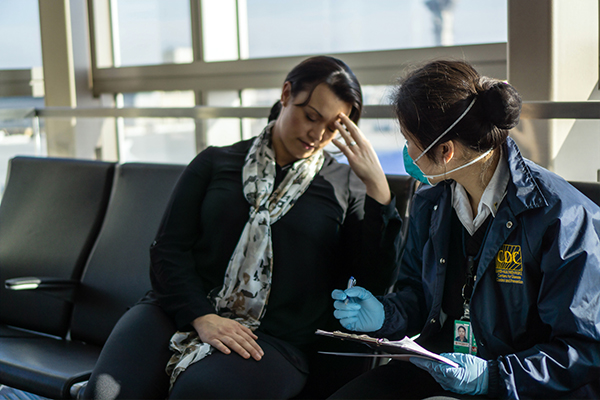Multi-Language Messaging
During A Pandemic
You cannot afford to assume that everyone speaks your language or that your automation service will be good enough. When it comes to relaying crucial medical information, your customers should feel comfortable that what they are reading was created specifically for them.
For those of who speak only one language, we rarely take into consideration the needs of people who speak another one. Furthermore, we often forget how difficult it must be for someone who speaks a foreign or uncommon language to operate in a community that speaks something different. For example, imagine being spending decades in a Spanish speaking country and then coming to America where almost everyone speaks English.
This is an issue that brands have addressed with varying levels of success. If a company is global, it might make an effort to ensure all its digital marketing communications are properly translated into the languages commonly spoken by their customers. However, how they go about this translation is worth exploring. For example, there is a big difference between having a human properly translate words as opposed to feeding it through a machine or automation program.
Regardless, most of the time, this is not a major issue. Even if the entire message is not correctly translated, the reader can piece together what they are reading. However, this is far from acceptable during a global pandemic such as COVID-19. In these types of cases, important, potentially lifesaving information is being relayed and must be translated word for word. To be blunt, there is a massive difference between someone misunderstanding a post and missing a sale and someone misunderstanding medical instructions and getting sick.
To start, companies must have a firm grasp on the various languages their customers speak. If they do not know this information, it is paramount they conduct a customer survey to ensure that no one is left out. Again, when it comes to updates containing life saving information, close enough is not going to cut it. Also, all readers should be encouraged to e-mail your team if they do not see their desired language listed.
Companies must put safeguards in place to ensure that information of this importance is translated properly. They can begin by investing in translation services that specialize in this type of highly sensitive and impactful information. For example, certain words and phrases mean different things in various languages. In this case, it is not enough to hire a standard translation service. They must have extensive experience in relaying medical information.
Also, your company should make it clear what channel they will be using to relay this information. If you are going to be using your website, it is key that you create a dedicated section for only this type of information. When a visitor arrives at this section, they should be promoted to browse a drop down and ensure they have selected the correct language. Lastly, it is crucial that you archive your updates accordingly. The last thing you want is someone reading information from 3 days ago that is no longer valid.
If you are going to sell products or services to a large audience, you must take into consideration how different and unique they are. You cannot afford to assume that everyone speaks your language or that your automation service will be good enough. When it comes to relaying crucial medical information, your customers should feel comfortable that what they are reading was created specifically for them.


